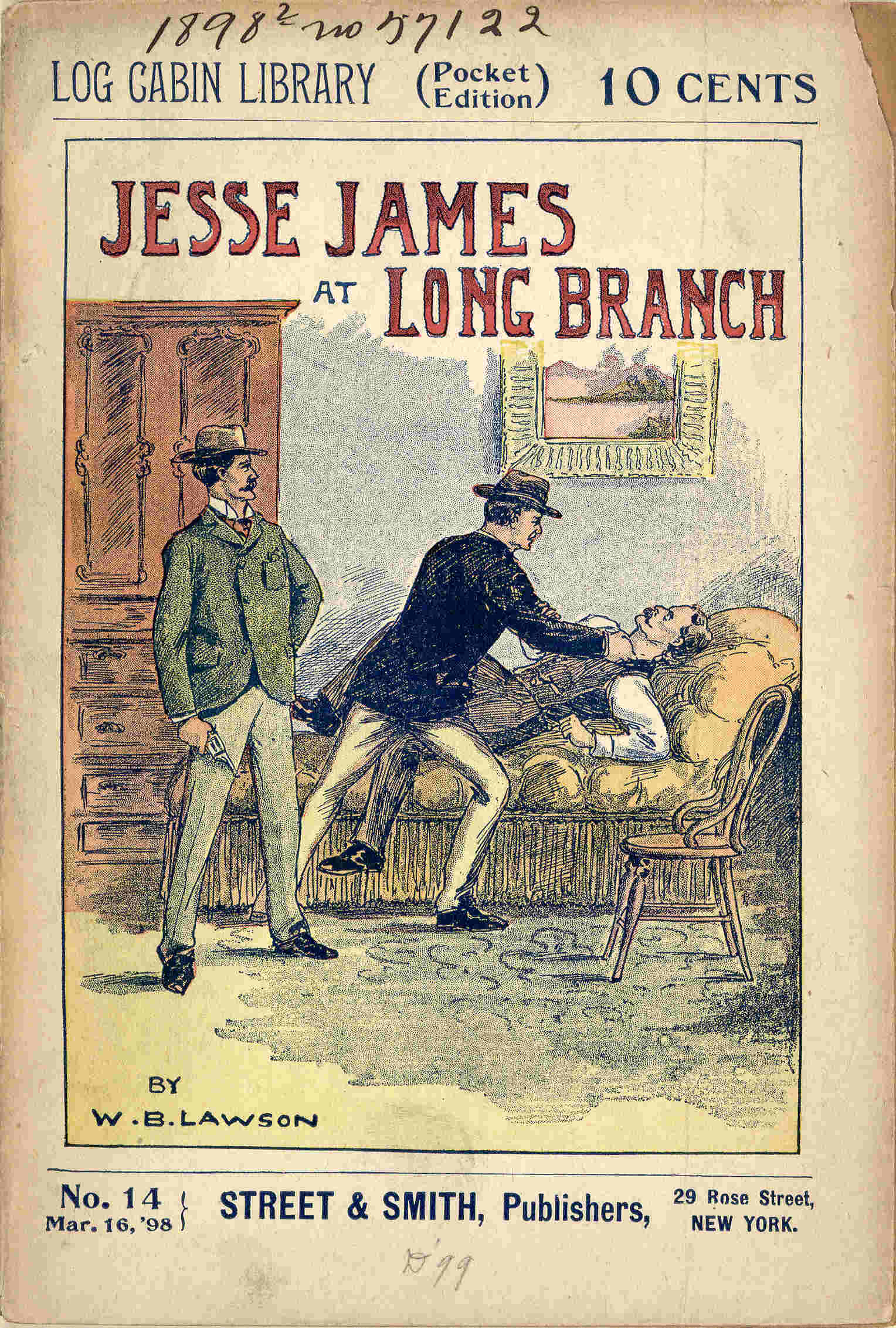January 14, 2019
 |
Jesse James
By Barbara Schock
Jesse James was killed on April 3, 1882, in St.
Joseph, Missouri. Carl Sandburg was a little over four years old at the time.
The story of the escapades of the James Gang provided material in dime novels
for a number of years afterward.
By the time he was a teenager Carl had read five of the
books. He and his friends talked a lot about Jesse James and his gang. They
believed James had good horses for a quick getaway. James always carried two
revolvers and was a dead shot. He also knew places where the gang could hide for
several days after a robbery or had friends who would shelter the men for money.
The boys also believed that James robbed from the rich in
order to give to the poor. It was later revealed that James gave money to people
who helped him get away.
Robert James, the father of Jesse, had been a Baptist
minister in Tennessee before he settled on a farm in Clay County, Missouri. He
married Zerelda Cole and they had two boys and a girl. Robert traveled to
California at the time of the Gold Rush and died there in 1849. Mrs. James
married twice more and had four more children.
The southern part of Missouri was known as “Little Dixie”
because so many people from Kentucky and Tennessee settled in the area. They
grew tobacco and labor was provided by slaves. The people also brought their
southern attitudes about slavery and states’ rights.
The question of slavery in the Kansas Territory in the
1850s led to guerrilla warfare. The James family sided with the Confederacy when
the Civil War (1861-1865) began. Jesse and his brother Frank joined William
Quantrill and William “Bloody Bill” Anderson on their raids through the
western and southern areas of the wartime action.
After the war the James brothers conducted their first
daylight armed robbery on February 13, 1866. The bank was owned by a group of
local Republicans who had been militia officers on the Union side during the
war. It was a way of getting even.
Another bank robbery in Gallatin, Missouri, on December
7, 1869, attracted newspaper attention. The editor and founder of the Kansas
City Times, John Edwards, wrote admiring editorials about the gang. Jesse began
writing letters to the editor asserting his innocence and expressing his
political views. As the letters and editorials continued Jesse James became a
symbol of the Confederate defiance of the Reconstruction programs of the federal
government.
The James brothers combined with the Younger gang (also
former Confederates) and chose to rob safes on railway cars in 1873. The Adams
Express Company transported money for customers in this manner. The gang
conducted robberies from Iowa to Texas and Kansas to Virginia. It is interesting
to note that Martin Sandburg, Carl’s brother, worked for the Adams Express
Agency in Galesburg around the turn of the twentieth century.
In 1874 the Pinkerton Detective Agency was hired by the
Adams Company to stop the gang. The showdown came on September 7, 1876, in
Northfield, Minnesota. The James brothers got away.
In 1879 the James brothers recruited a new gang but the
members turned against one another. Jesse was killed in his home by a newly
recruited gang member.
Sandburg eventually came to believe that Jesse James was
a killer who could put a bullet through a man when he felt like doing it.